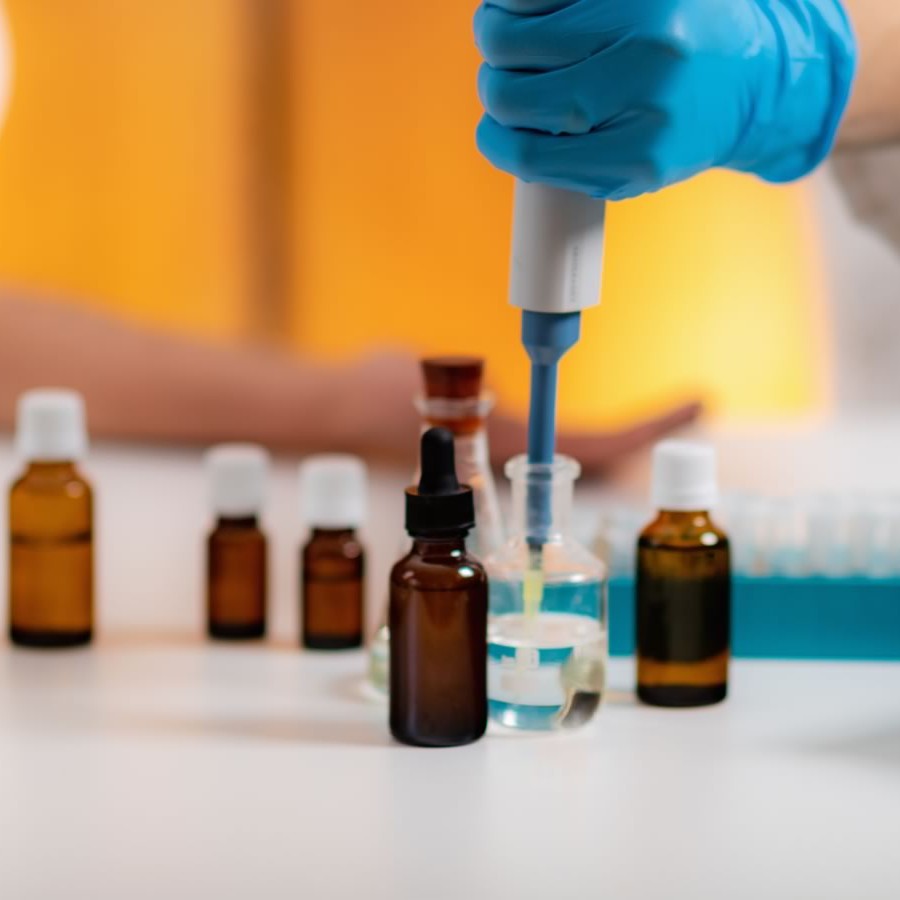Allergies afflict more than 50 million Americans, according to the American College of Allergy, Asthma, and Immunology (ACAAI). The Centers for Disease Control and Prevention reports that patients seeking relief from the condition’s trademark congestion, coughing, and itchy eyes account for more than 13 million medical visits annually.
The United States currently has fewer than 6,000 board-certified allergists and immunologists, and the ACAAI expects that number to drop by 6.8% over the next 10 years, even as demand is forecast to grow by 35%. As a result, primary care physicians (PCPs) who can identify and effectively resolve patients’ underlying allergies have a significant opportunity to meet a need, while boosting practice revenue.
IDENTIFYING THE NEED
Allergy is the fifth-most common chronic disease in the United States across all ages and the third-most common chronic condition in children. In the average primary care practice, 20% of patients suffer from allergies.
In the South, the incidence is even greater. The Asthma and Allergy Foundation of America includes eight Southern cities in its top 10 “allergy capitals” for 2011. Internists and family physicians frequently see patients who present with rhinitis, sinusitis, or other allergy-like symptoms, making initiating conversation about allergy treatment and customized immunology a natural part of those patient visits.
“It’s interesting to me that many physicians treat the symptoms without knowing what specific allergies a patient has,” says Bernice Gonzalez, MD, of Vital Life Wellness Center in San Antonio, Texas, and a medical advisory board member of United Allergy Labs (UAL). “Testing allows us to determine the allergens that cause the problem and to monitor the effectiveness of treatment just like we do for diabetes or other diseases.”
CHOOSING THE RIGHT TESTING METHOD
If you decide to offer allergy testing, your first decision is which method to use. The two approved ways to identify allergies in the United States are through a skin prick test and an in vitro blood test.
Traditionally, allergists have determined a patient’s specific allergen sensitivities using the skin prick test. In 15 states, you can use the same method without committing to an extended program of study or significant upfront expense by contracting with an organization such as UAL.
If you contact the company, UAL sends a representative to evaluate your practice for suitability for its process.
“Typically, a practice with three or four providers—physicians, nurse practitioners, physician assistants—has sufficient patient flow to justify the full-time trained technician and on-site lab we provide,” says Nick Hollis, UAL president and chief executive officer. Within a month of the visit, a clinical allergy lab specialist and the necessary lab equipment and supplies are in place.
The lab requires about 150 square feet of space, with a sink, counter, storage, and a refrigerator to preserve antigens. UAL manages the inventory, compliance, and quality aspects of the lab. The physician is responsible for the clinical aspects of the testing.
Under UAL’s system, when a patient presents with a history and a physical exam that support a likely diagnosis of allergy, you can order a skin test to be done by the allergy technician in your practice. UAL panels test for up to 48 allergens and typically are configured to assess sensitivity to the allergens common in your geographic area. A response to the test appears within about 15 minutes.
The technician administering the test will analyze the reaction on the skin and give you the results to review and discuss with the patient. Skin tests cannot be used to determine the degree of sensitivity to specific allergens. Because of the risk of anaphylaxis, skin tests in PCP offices are not used to detect food allergies.
PCPs who choose to do a blood test for allergies frequently test via ImmunoCAP allergens and allergen components produced by Phadia; results are analyzed by Quest Diagnostics. Under this method, a vial of blood is drawn from the patient in the office and sent to Quest for analysis. For patients of Primary Care Associates (PCA) in Jonesville, Michigan, Quest runs a panel of 27 specific local allergens, plus any others requested by the practice. Patients return to the office to review the results.
THE VALUE OF BLOOD TESTS
“The blood test made good sense to me,” says Andrew Scholl, PA-C, founder of PCA. “Now I have something objective that I can do in the office and get the information I need to determine the appropriate treatment. It improves the quality of care we can provide patients with allergy and asthma.”
Scholl says he was surprised to find that about half of his patients who were taking allergy medications had never been tested and did not actually have allergies. “Many had vasomotor rhinitis or had triggers that were irritants, like cigarette smoke or weather changes. The testing allows us to ensure that patients who don’t need allergy medications aren’t taking them and that those who do need them are on the right ones.”
When allergens are identified, he says, patients are taught how to avoid or minimize exposure to them.
Blood tests can be used to identify food allergies and determine how allergic a patient is to each one identified.
IMMUNOTHERAPY
“If a patient suffers from allergies all year or does not respond to treatment with medication or by avoiding the allergen, we recommend immunotherapy,” Gonzalez says. “We’ve found that immunotherapy significantly reduces the number of emergency department visits for allergy-induced asthma as well as the incidence of secondary infections. In addition, patients miss less work than they did prior to beginning the treatment.”
The percentage of patients who choose to start immunotherapy varies by time of year, according to Hollis. “If the testing is done during a well-care visit, 15% of patients may start immunotherapy. If it’s allergy season, 60% will begin the program.”
For patients who choose to proceed with immunotherapy in practices using UAL, the UAL technician custom formulates an antigen therapy designed to desensitize each patient to the allergens identified during testing. An initial course of treatment is typically 1 year; patients may notice results in as little as 3 months, and 85% can be cured or fully desensitized in 5 years, Gonzalez says.
“The technician also mixes the medication, educates patients about immunotherapy and safety, shows them how to use the [epinephrine injection], and answers their questions” she says.
PCA and most other primary care practices that use blood tests generally refer patients who need immunotherapy to allergists. About 15% of immunotherapy treatments in the United States are prescribed by PCPs today, Hollis says.
Specific training is not required to use either the skin prick or the in vitro blood testing model for allergy testing and immunotherapy. Several continuing medical education providers offer 1- to 3-day courses on allergy testing and evaluation. These courses cover topics such as administration and interpretation of allergy tests and initiation of immunotherapy, as well as common indicators for allergy testing, best practices for screening, and solutions to immunotherapy problems. UAL also offers training to physicians who contract with the company.
Most public and private insurance plans pay for the office visit and the lab costs associated with both skin prick and in vitro blood testing. Some plans may cover blood tests only when skin tests cannot be performed, as might be the case with a patient with extensive eczema, or one who cannot be taken off antihistamines, antidepressants, steroids, or other drugs that may interfere with skin test accuracy.
The initial visit with an in-depth history can be upcoded to 99214, and insurance also can be billed for the follow-up office visit to get the blood test results, Scholl says. Skin testing can be billed using code 95004 or 95010 with ICD-9 codes for the presenting problem, such as allergic rhinitis, atopic dermatitis, or sinusitis. Visits to receive or monitor immunotherapy also are covered. UAL advises the practices with which it works on the appropriate way to code and bill testing and treatment for each payer.
Neither method for allergy testing has significant start-up costs. UAL typically charges practices a fixed monthly fee for skin prick testing. ImmunoCAP blood test costs vary with the number of tests performed.
###
Publish date: Aug 25, 2011
By: Annette M. Boyle, MBA
https://www.mjhlifesciences.com/
You may also be interested in . . .
Allergy Services for Primary Care Physicians: Expanding Access to Long-Term Allergy Relief
Allergies affect more than 100 million people each year. Yet despite their widespread impact, allergies often go untreated due to the scarcity of…
Allergy Testing Kits & Immunotherapy from UAS: A Flexible Solution
Adding allergy care allows healthcare providers to address a common patient need and create a new income stream within the existing framework of their…
Immunotherapy Best for Chronic Rhinitis
SAN DIEGO -- Treating allergic rhinitis with immunotherapy appeared to reduce the risk of chronic upper respiratory conditions, a Medicaid study showed.…


